Turner (Dawson, 1775-1858). Journal of a Three Weeks' Tour, with Thos. Phillips Esqr. R.A., from London, through Rouen, Vernon & Mantes, to Paris, in the Autumn of 1815, unpublished contemporary manuscript fair copy journal, [1], 2, 120, [5] leaves, text leaves written in a clear hand to rectos and a few versos with additional autograph manuscript inserts, additions and amendments in the hand of Dawson Turner, illustrated with approximately 86 illustrations including 48 original drawings and 38 etchings and engravings, the original mostly small drawings including 20 identified as by Thomas Phillips (13 pen and ink drawings and 7 pencil drawings), 6 initialled in the image and 5 initialled by him on the album leaf beneath, plus one unsigned monochrome wash illustration of characters on the font at Dieppe by John Sell Cotman (5 x 14 cm), an original pen and ink drawing of the plant sida incisa by Alexander von Humboldt signed and dated at Quito, 1802, 24 x 14 cm, plus 10 watercolour views by J. Scott mostly 29 x 23 cm and similar sizes, the 38 etchings and engravings including some executed by Mrs Turner including the two frontispieces of Dawson Turner and Thomas Phillips additional inserts include Dawson Turner's folio passport completed in manuscript and dated 28 September 1815, a large folding printed menu for Legacque, Restaurateur, rue de Rivoli, No. 7 with manuscript amendments to dishes and prices, a printed list of the works of ancient art which were taken from Rome by the French in 1797 and carried to Paris, the journal ending with a manuscript appendix giving the state of the picture gallery of the Louvre in 1816, list of plates and index, occasional spotting and light browning and some scattered offsetting from engraved illustrations, contemporary half roan over boards, rebacked (remains of original gilt-titled backstrip loosely preserved), rubbing and some wear, folio (35 x 26 cm) (Qty: 1) Dawson Turner had briefly stayed in Paris with his family during the summer of 1814 and, as the introduction makes clear, stimuated his curiousity to return to a place embued with the effects of Napoleon's power over the preceding twenty years. Following the battle of Waterloo in June 1815 this desire was expedited: '... this desire would probably have remained long ungratified, had not an event little apparently to be expected, the spoliation of the Louvre and of the Library by the allied troops, presented no other alternative than that of its being gratified at once or for ever abandoned. It fortunately happened that at this time Mr Phillips was in Yarmouth, kindly awaiting the return of Mr and Mrs Hooker from Ireland; and few persuasions were necessary to induce a man so truly attached to an art in which he is just eminent, to cross the Channel once more, to take a look, however hasty, at the treasures of the collected avowedly unrivalled and now about to be dispersed, most probably for ever. For my own part I felt but too happy to place myself under the guidance of such a friend; and, as the shortness of our time would allow of very little being done, I prepared myself for the journey looking to no other object than that of improving my judgment in works of art by listening to his observations. Little therefore will be found in this journal, except on such subjects; and, tho' the name of Mr Phillips will not be formally appended to each remark, it must be understood, that for almost every one I am indebted to him. The resolution once formed, no time was to be lost in carrying it into execution: every day brought accounts of fresh pictures being taken away; the rapidity with which the work proceeded was equalled only by the secrecy in which the intentions of the sovereigns were involved; the delay even of an hour might give occasion to long regret. We had therefore scarcely determined on our plan, when on the 24th Septr. we seated ourselves in the Mail for London, where we stopped only for a few hours, just to allow my compan
Turner (Dawson, 1775-1858). Journal of a Three Weeks' Tour, with Thos. Phillips Esqr. R.A., from London, through Rouen, Vernon & Mantes, to Paris, in the Autumn of 1815, unpublished contemporary manuscript fair copy journal, [1], 2, 120, [5] leaves, text leaves written in a clear hand to rectos and a few versos with additional autograph manuscript inserts, additions and amendments in the hand of Dawson Turner, illustrated with approximately 86 illustrations including 48 original drawings and 38 etchings and engravings, the original mostly small drawings including 20 identified as by Thomas Phillips (13 pen and ink drawings and 7 pencil drawings), 6 initialled in the image and 5 initialled by him on the album leaf beneath, plus one unsigned monochrome wash illustration of characters on the font at Dieppe by John Sell Cotman (5 x 14 cm), an original pen and ink drawing of the plant sida incisa by Alexander von Humboldt signed and dated at Quito, 1802, 24 x 14 cm, plus 10 watercolour views by J. Scott mostly 29 x 23 cm and similar sizes, the 38 etchings and engravings including some executed by Mrs Turner including the two frontispieces of Dawson Turner and Thomas Phillips additional inserts include Dawson Turner's folio passport completed in manuscript and dated 28 September 1815, a large folding printed menu for Legacque, Restaurateur, rue de Rivoli, No. 7 with manuscript amendments to dishes and prices, a printed list of the works of ancient art which were taken from Rome by the French in 1797 and carried to Paris, the journal ending with a manuscript appendix giving the state of the picture gallery of the Louvre in 1816, list of plates and index, occasional spotting and light browning and some scattered offsetting from engraved illustrations, contemporary half roan over boards, rebacked (remains of original gilt-titled backstrip loosely preserved), rubbing and some wear, folio (35 x 26 cm) (Qty: 1) Dawson Turner had briefly stayed in Paris with his family during the summer of 1814 and, as the introduction makes clear, stimuated his curiousity to return to a place embued with the effects of Napoleon's power over the preceding twenty years. Following the battle of Waterloo in June 1815 this desire was expedited: '... this desire would probably have remained long ungratified, had not an event little apparently to be expected, the spoliation of the Louvre and of the Library by the allied troops, presented no other alternative than that of its being gratified at once or for ever abandoned. It fortunately happened that at this time Mr Phillips was in Yarmouth, kindly awaiting the return of Mr and Mrs Hooker from Ireland; and few persuasions were necessary to induce a man so truly attached to an art in which he is just eminent, to cross the Channel once more, to take a look, however hasty, at the treasures of the collected avowedly unrivalled and now about to be dispersed, most probably for ever. For my own part I felt but too happy to place myself under the guidance of such a friend; and, as the shortness of our time would allow of very little being done, I prepared myself for the journey looking to no other object than that of improving my judgment in works of art by listening to his observations. Little therefore will be found in this journal, except on such subjects; and, tho' the name of Mr Phillips will not be formally appended to each remark, it must be understood, that for almost every one I am indebted to him. The resolution once formed, no time was to be lost in carrying it into execution: every day brought accounts of fresh pictures being taken away; the rapidity with which the work proceeded was equalled only by the secrecy in which the intentions of the sovereigns were involved; the delay even of an hour might give occasion to long regret. We had therefore scarcely determined on our plan, when on the 24th Septr. we seated ourselves in the Mail for London, where we stopped only for a few hours, just to allow my compan
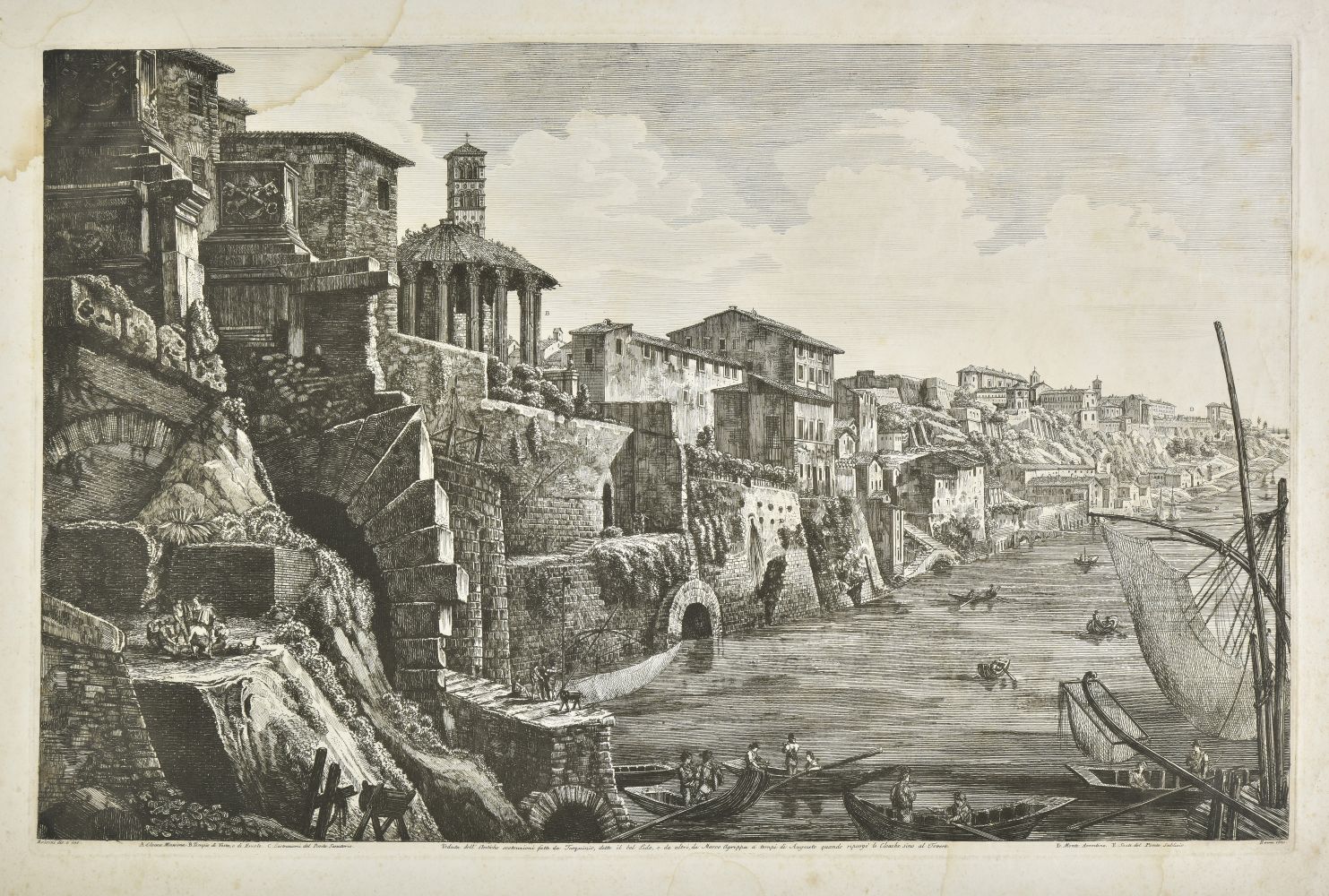
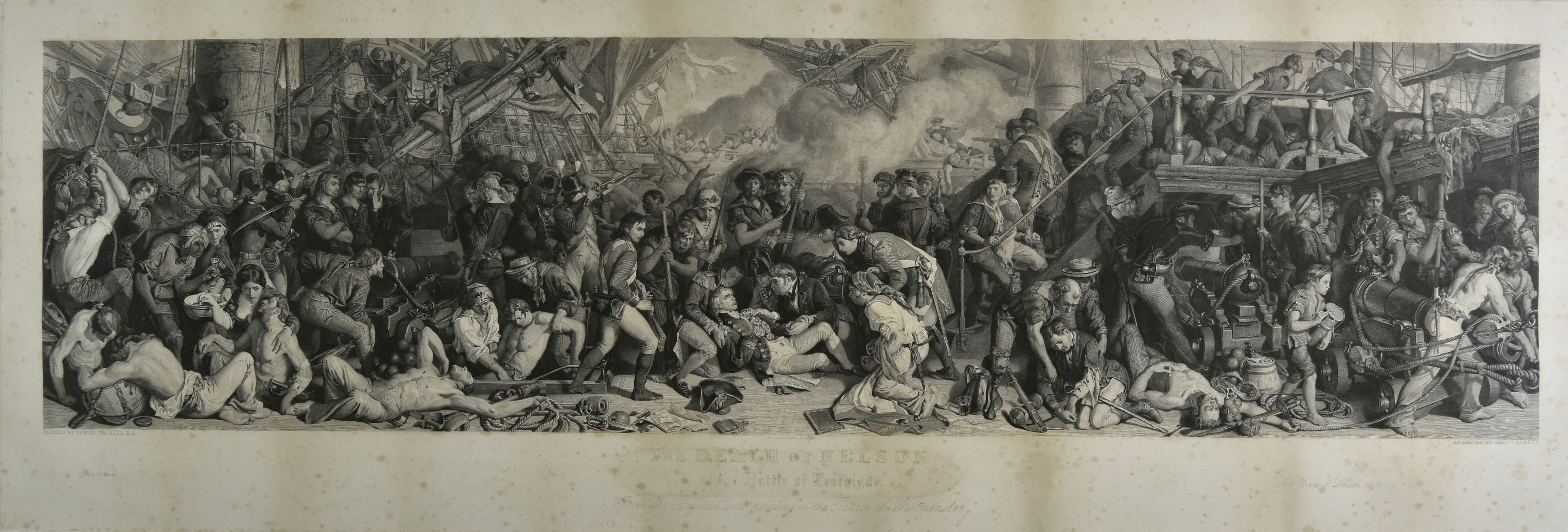
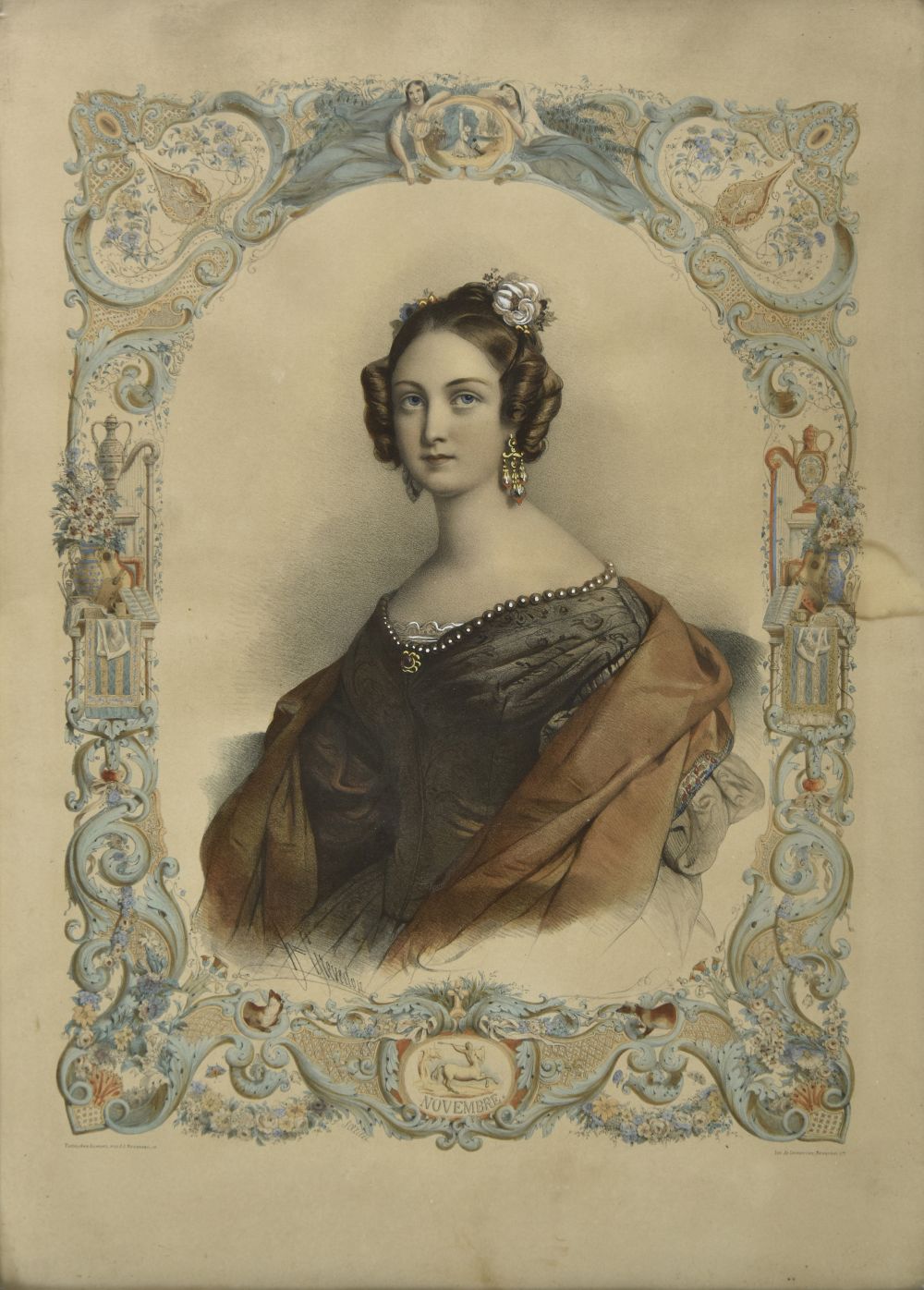
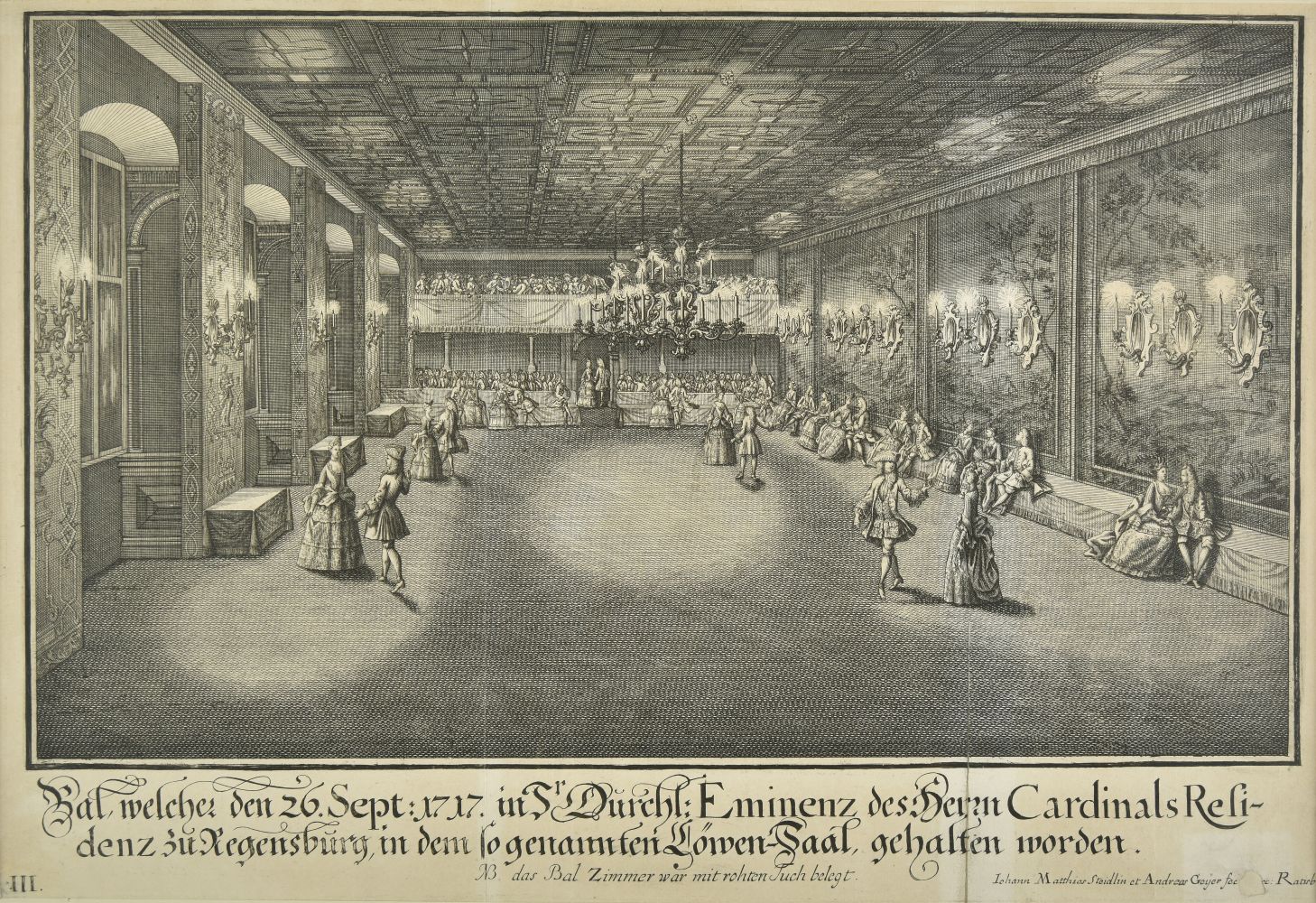
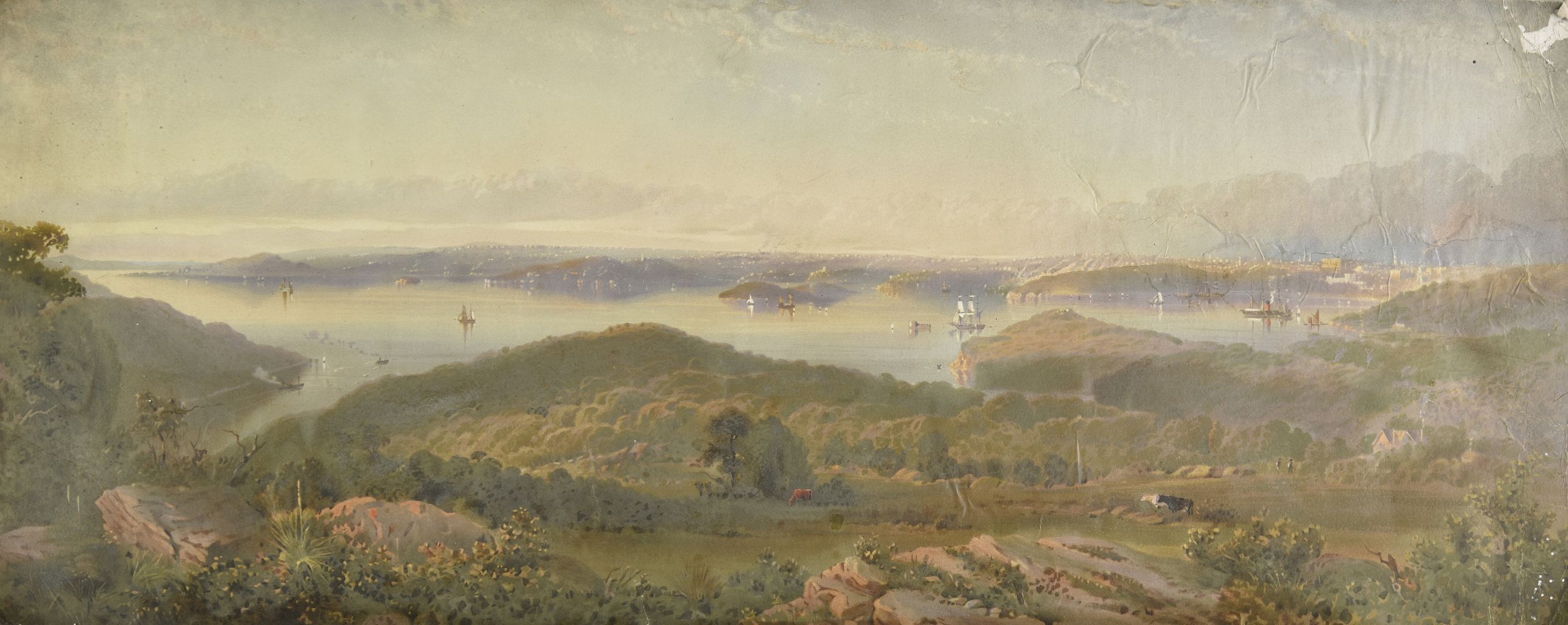
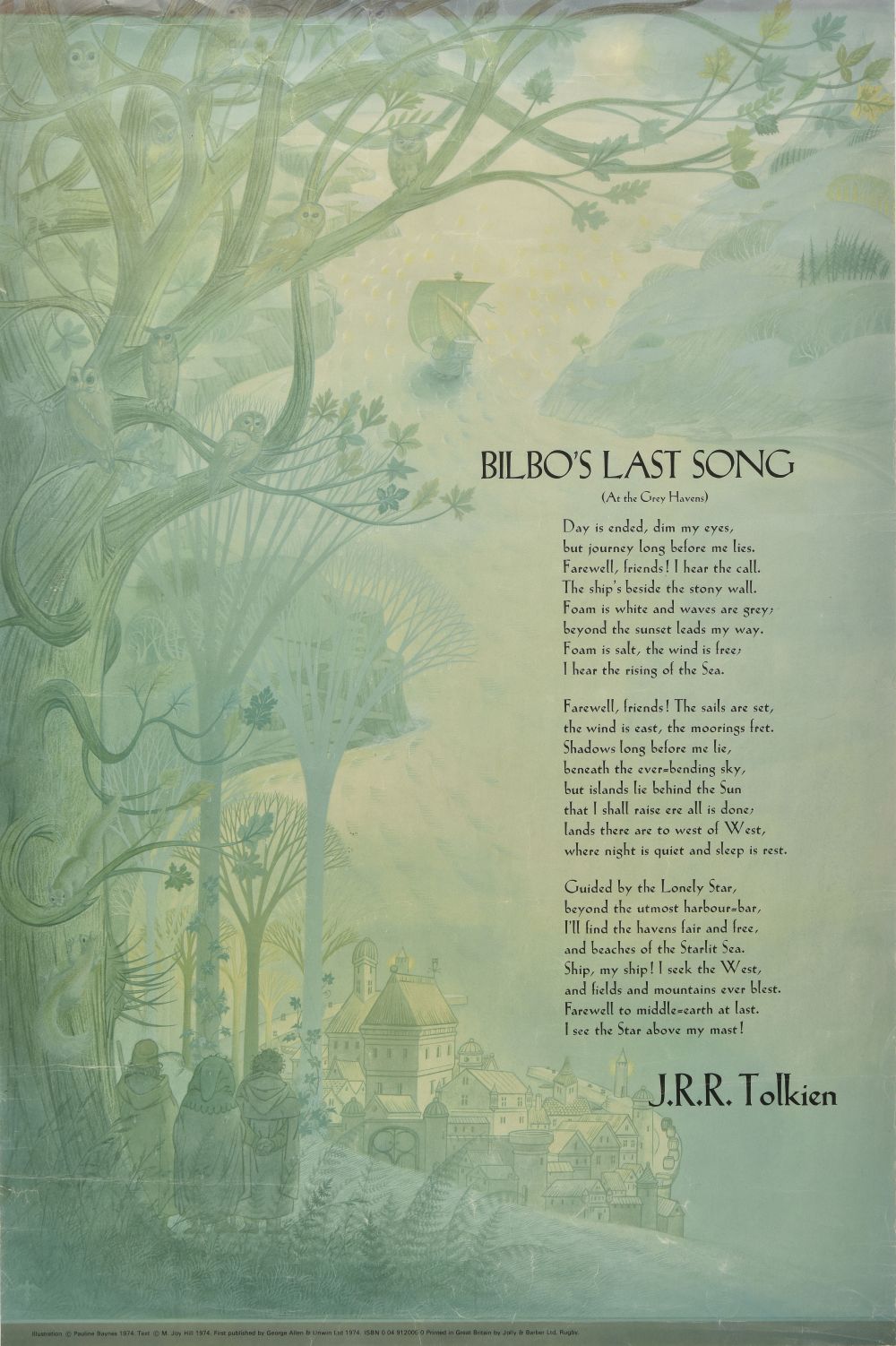
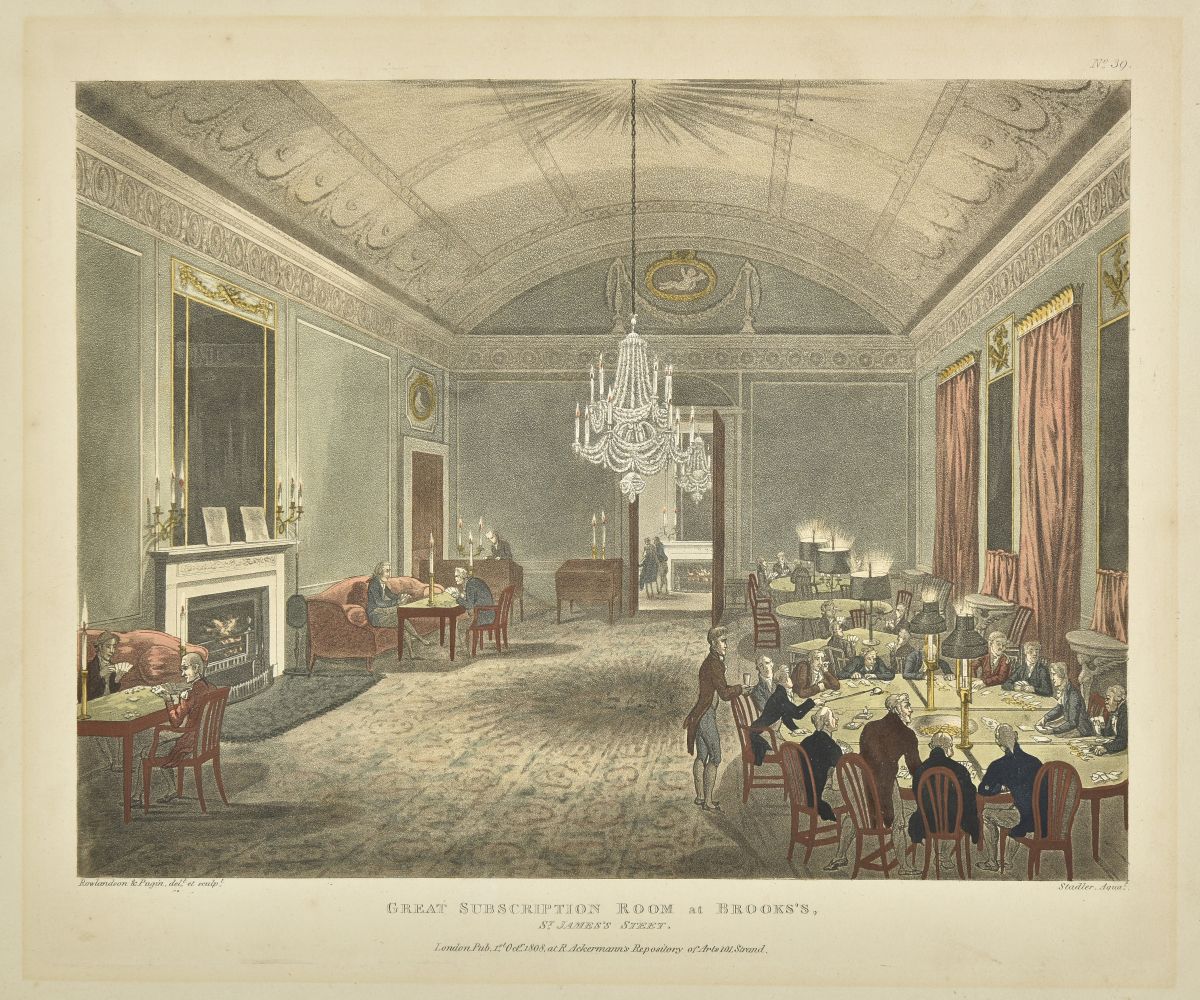

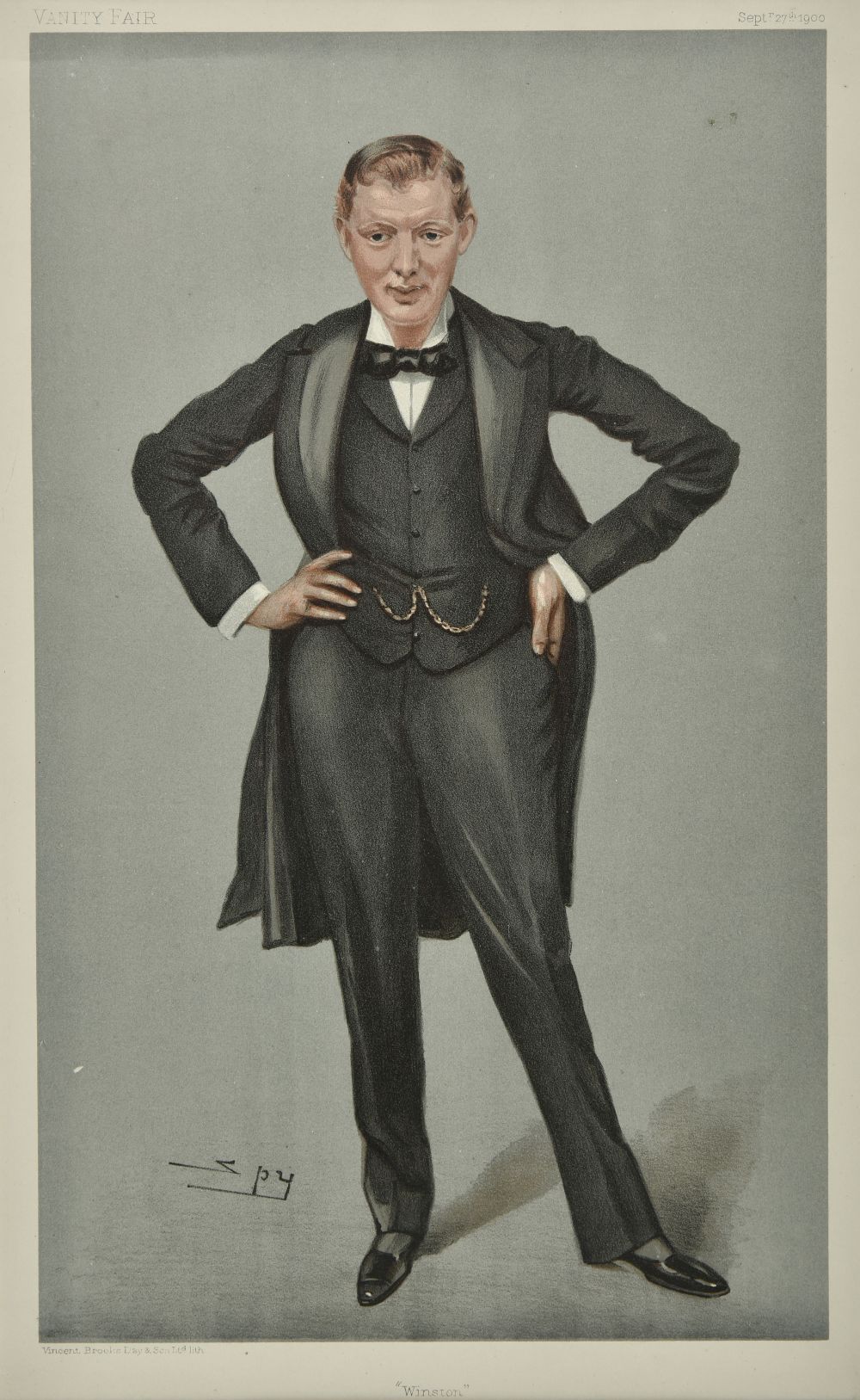
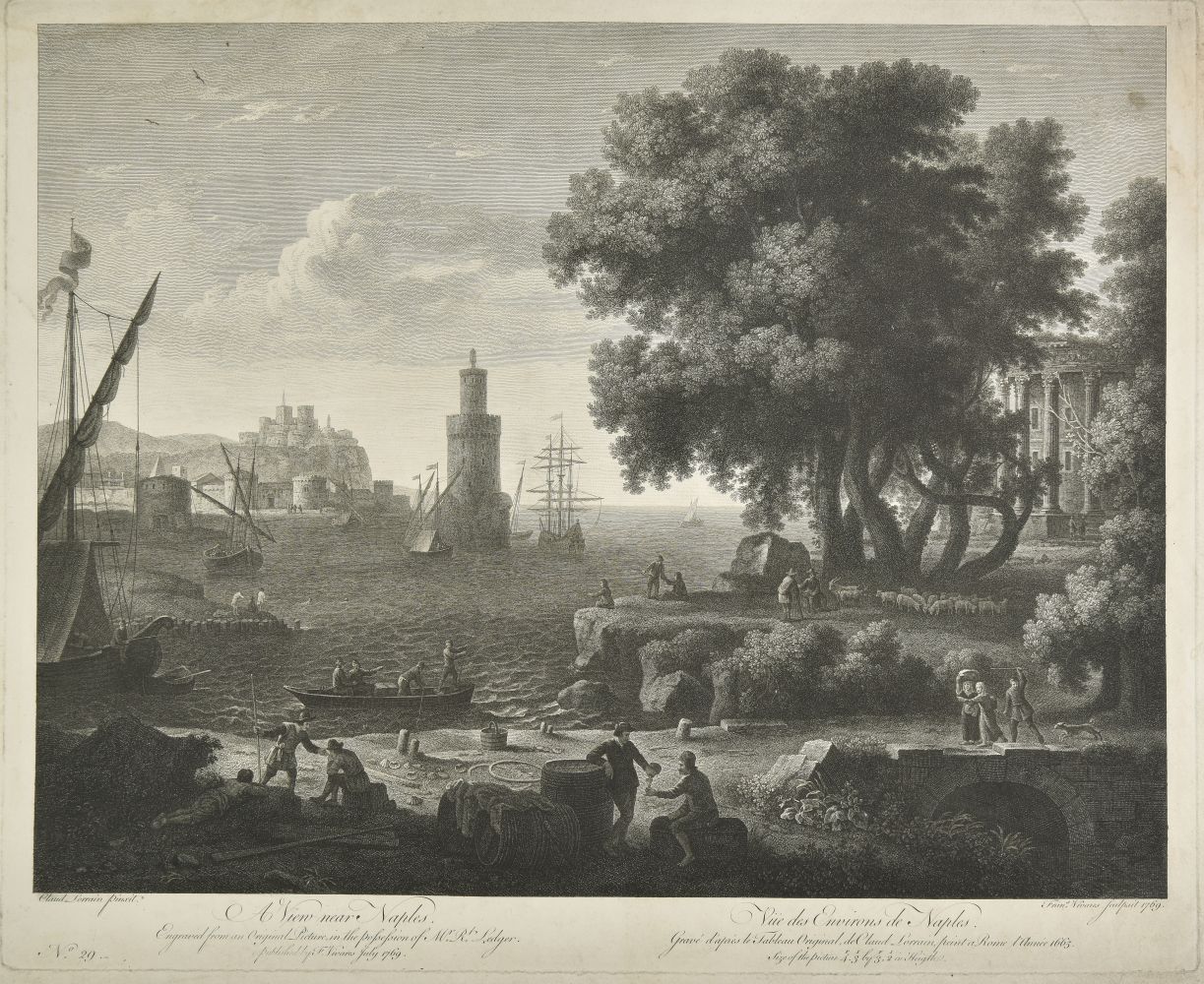
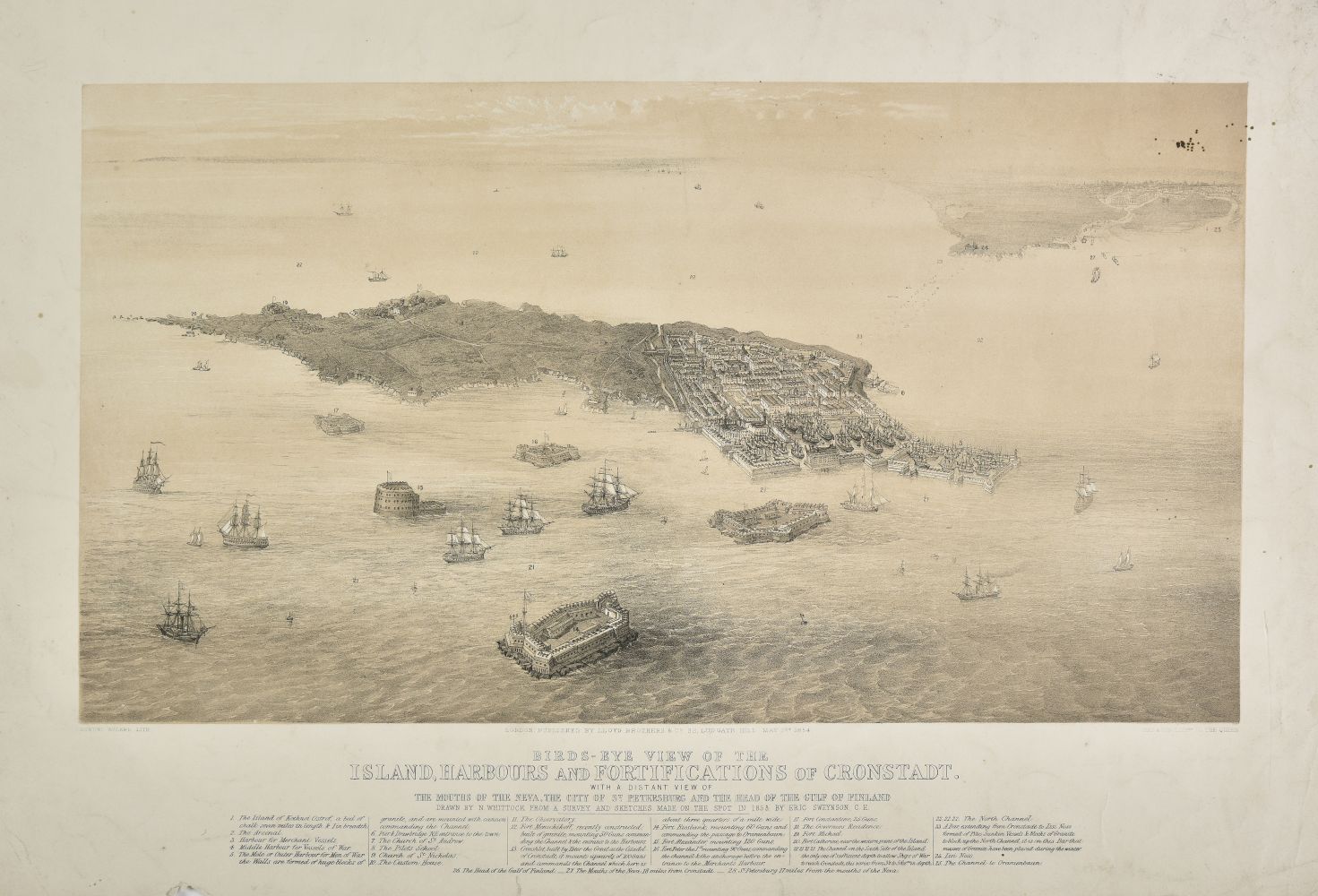
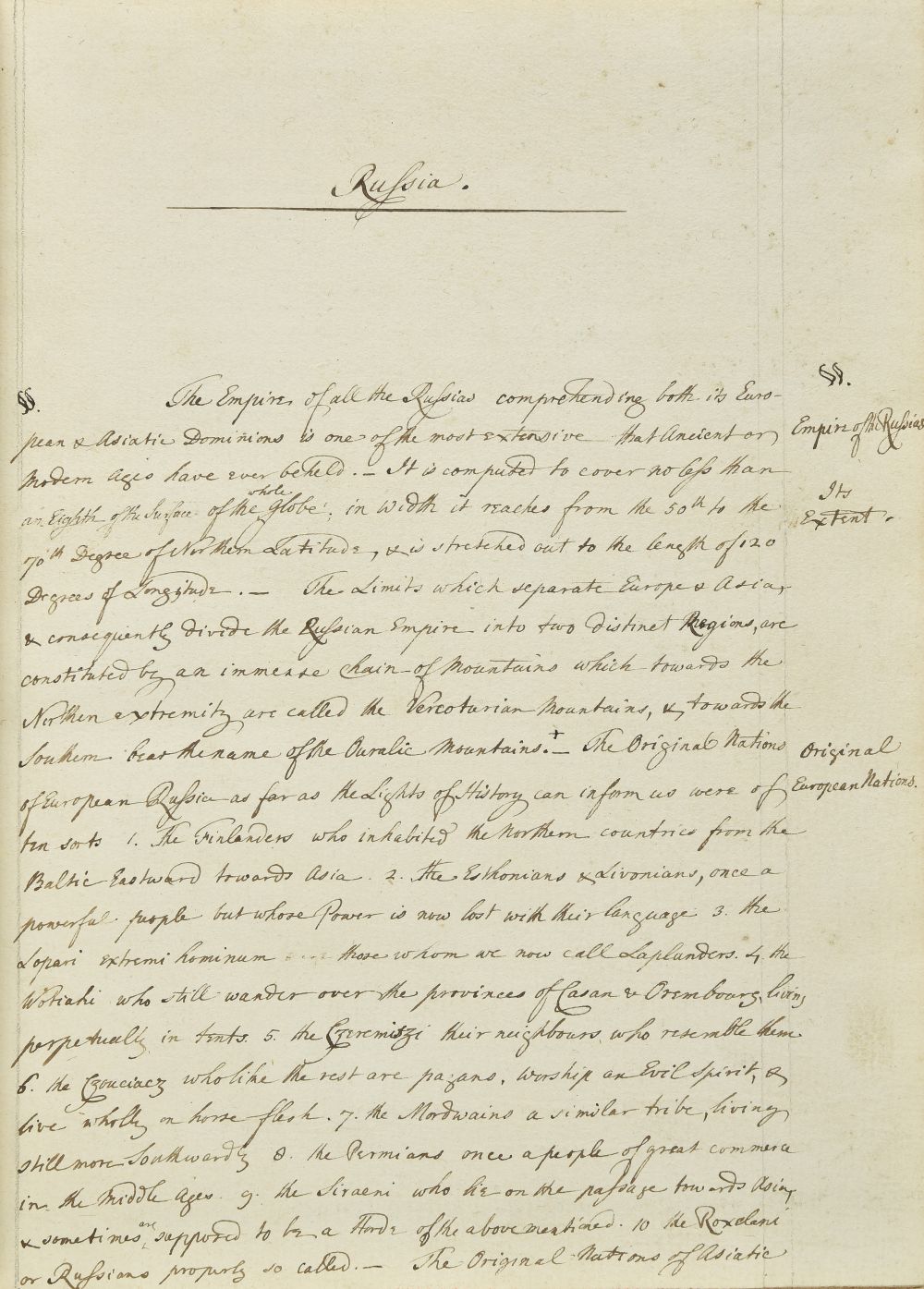

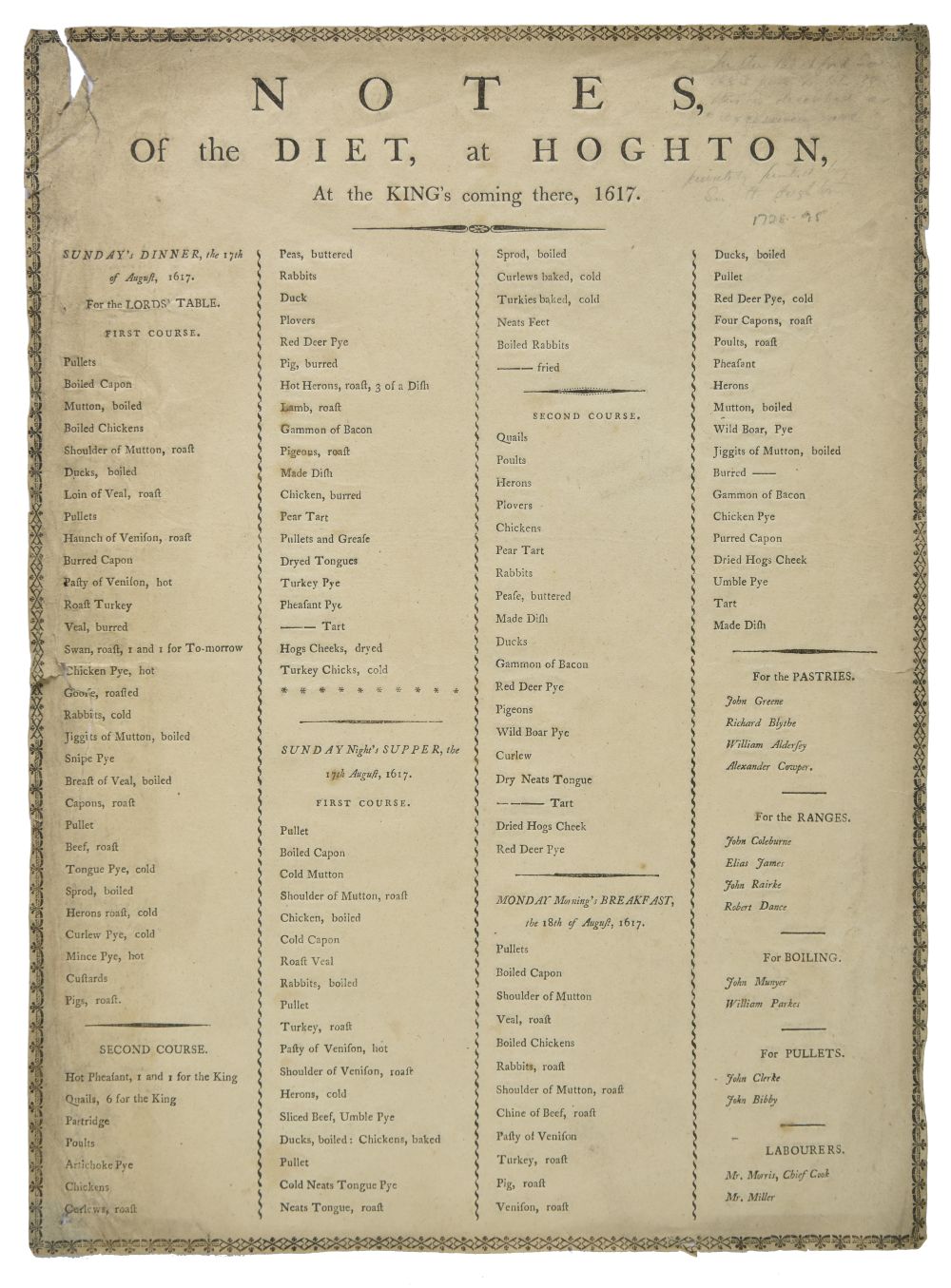
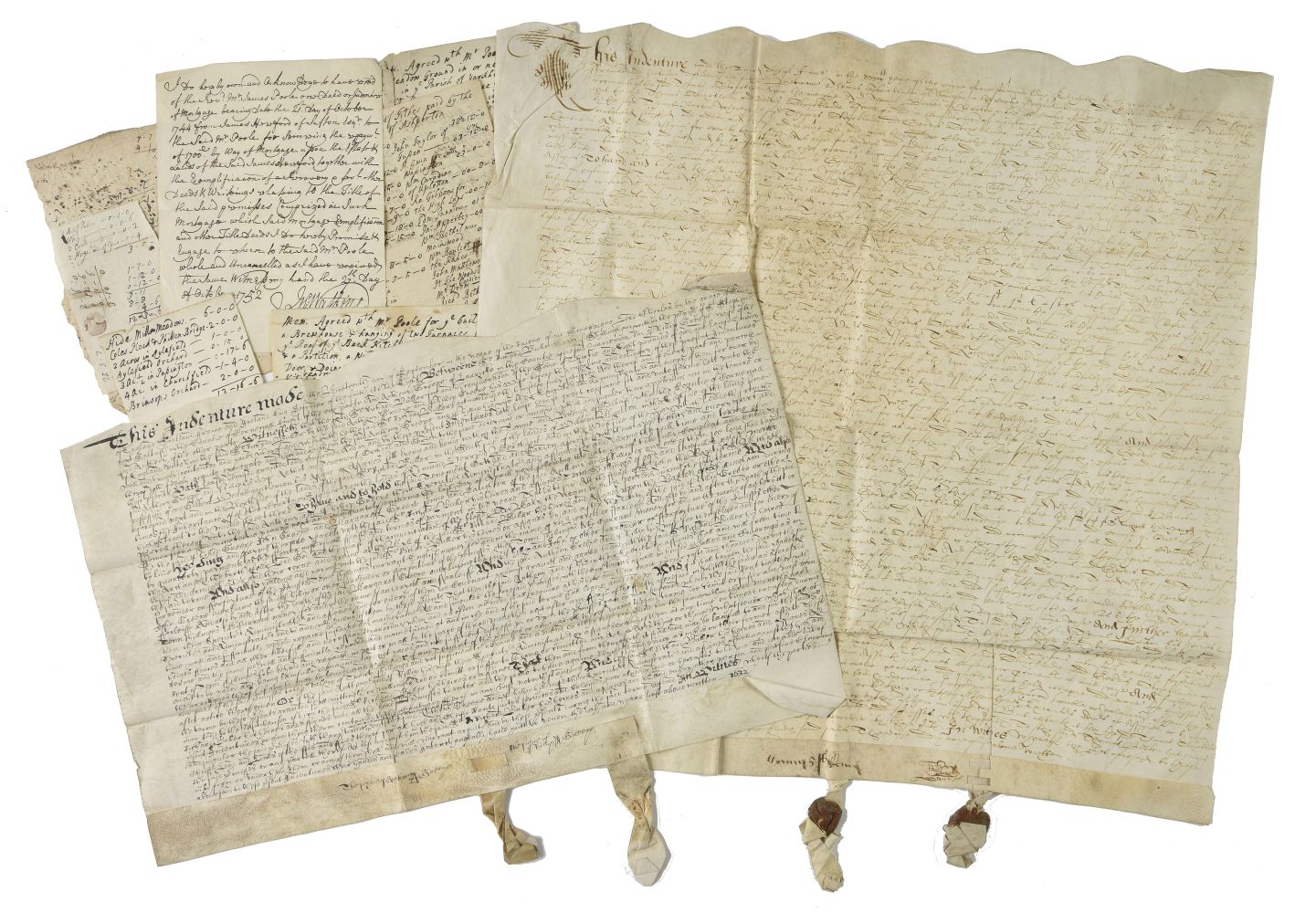
Try LotSearch and its premium features for 7 days - without any costs!
Be notified automatically about new items in upcoming auctions.
Create an alert